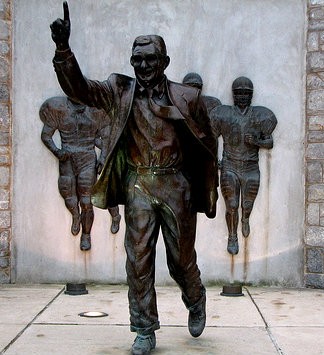Stopping child abuse

Virtually everyone by now has heard about Jerry Sandusky, who was convicted of the sexual abuse of ten boys over a period of 15 years that included his tenure as assistant coach of the hugely successful Penn State football team. You are much less likely to have heard of Vicky Triponey.
Triponey was a vice president at Penn State charged with student discipline. She clashed often with Joe Paterno, the revered head coach of the football team, over the discipline of football players who had gotten into trouble with the law. At first she thought she had the backing of the university administration, including the president, but eventually she was told that she was too confrontational and didn’t understand the “Penn State way.” She recently told CNN that she was pressured to leave the university—a move that nearly ruined her career.
The Penn State way that Triponey didn’t seem to understand was most damningly described in a report issued by Louis Freeh, former director of the FBI, who led an independent investigation into Sandusky’s actions and the university’s response to it. In trying to protect the football program, Penn State officials demonstrated “total disregard for the safety and welfare of Sandusky’s child victims,” the report said, and it charged that several top university officials, Paterno among them, had enabled Sandusky to continue his abuse of children. Paterno could have put an end to the abuse if he had wanted to. Instead, he and the university chose to cover it up.




